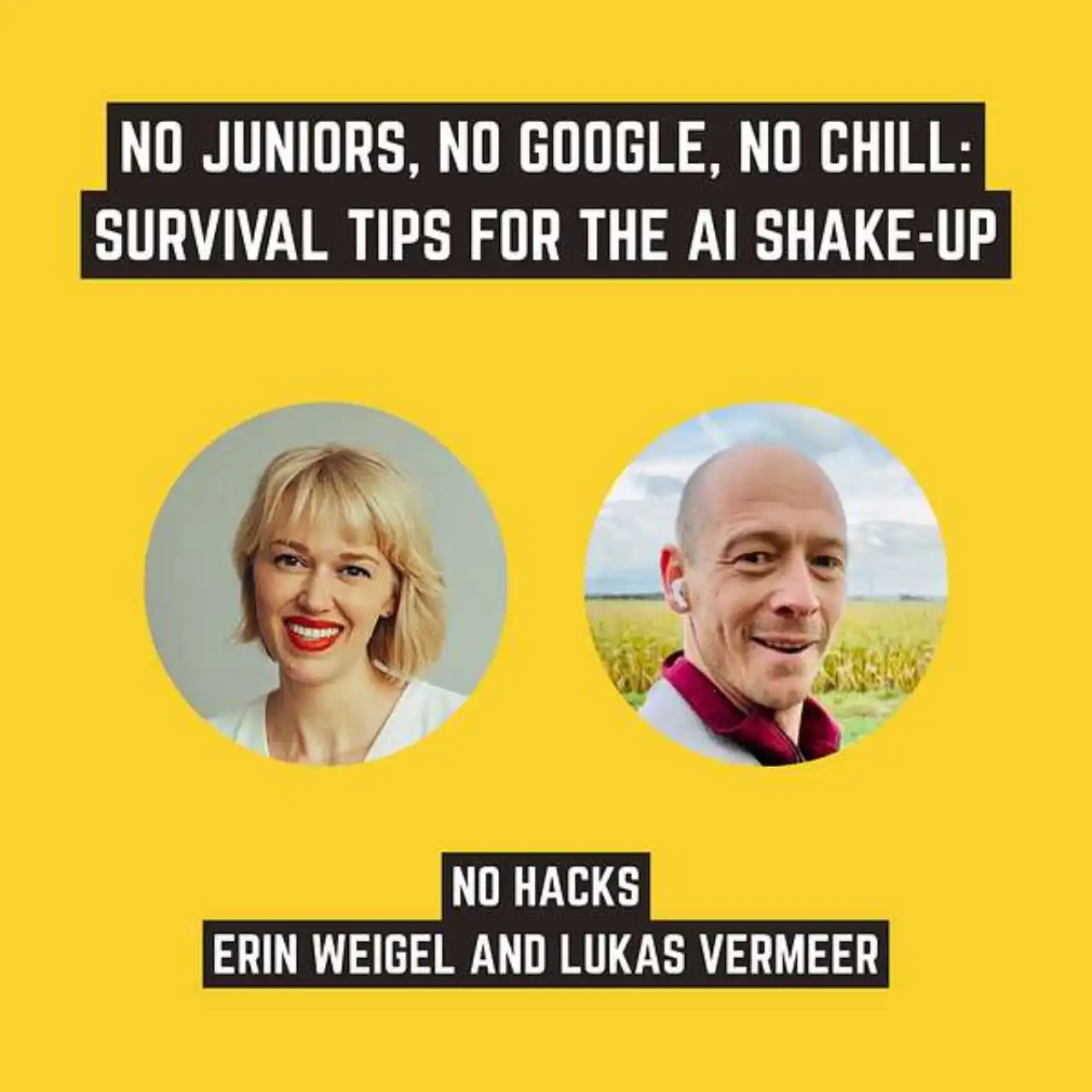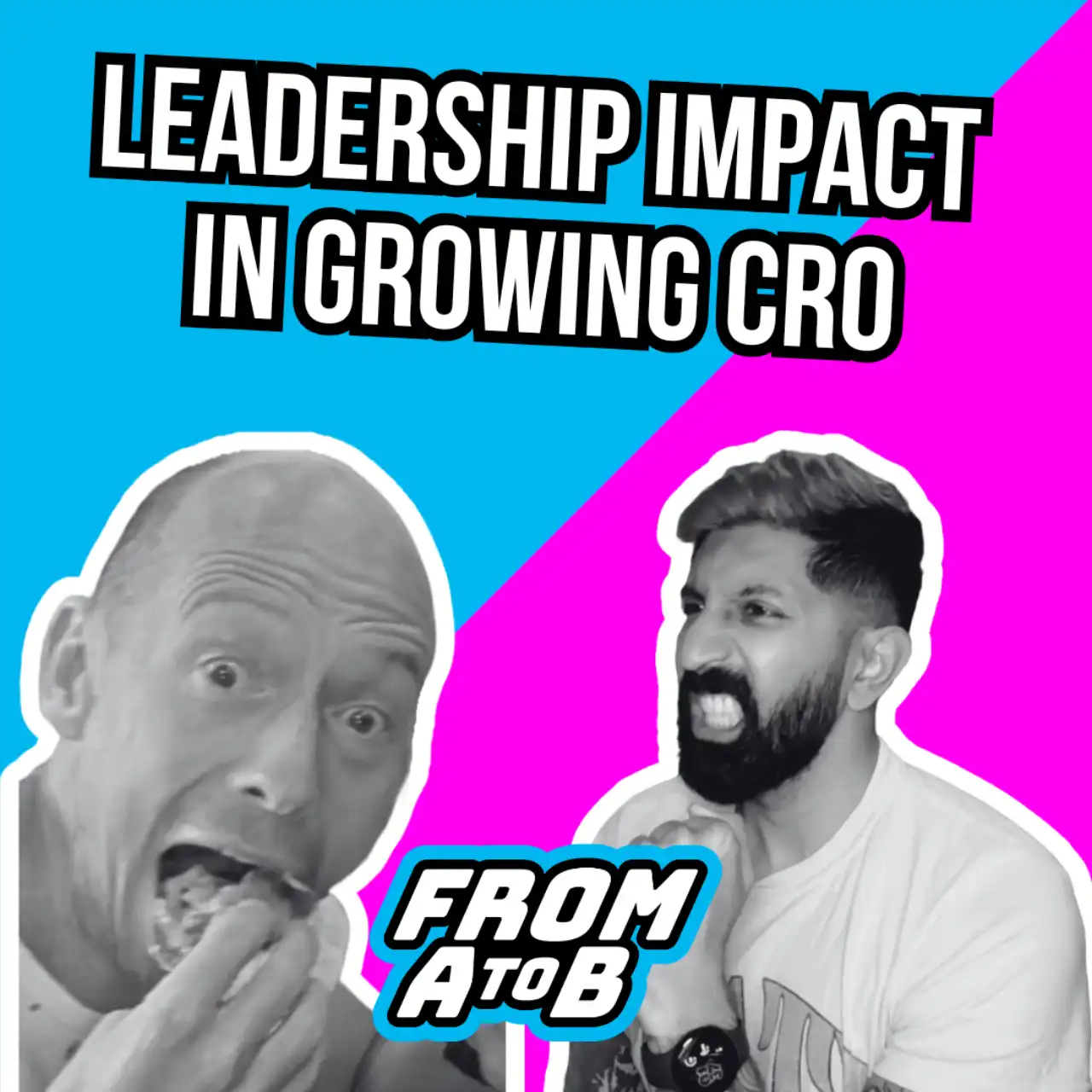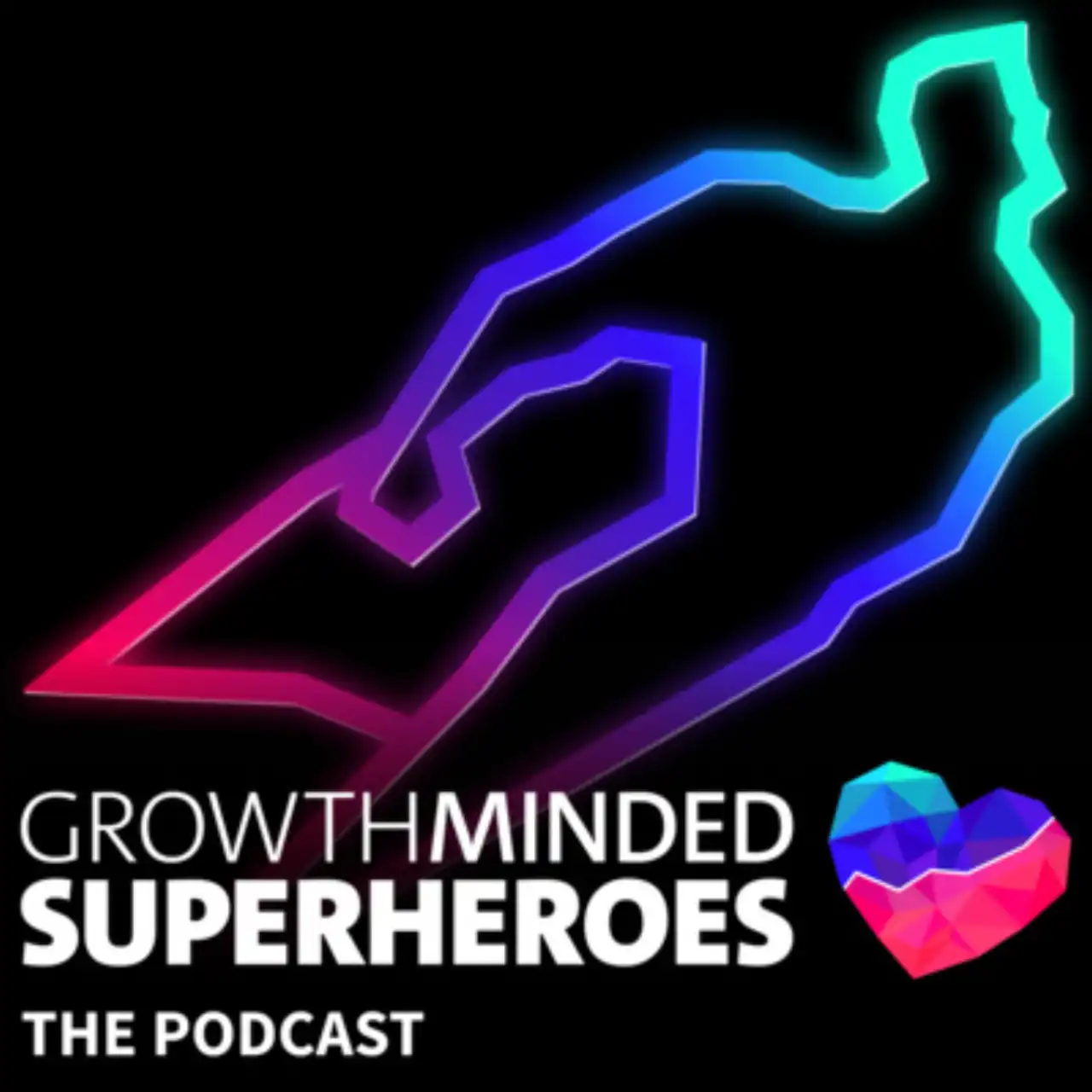the Moral of a Good Story
I love reading. I love reading about statistics. I love reading about psychology. But most of all, I love reading quite a few books about statistics and psychology. I might just be a little weird, but statistics and psychology do make up a large part of my job.
One study that fascinates me is Extension versus intuitive reasoning: The conjunction fallacy in probability judgment by Daniel Kahneman and Amos Tversky (and I am not the only one, this study appears in many books by different authors and Kahneman was rewarded the Nobel Memorial Prize in Economics for his efforts in 2002). In this study they asked participants (among other things) the following question.
Linda is 31 years old, single, outspoken, and very bright. She majored in philosophy. As a student, she was deeply concerned with issues of discrimination and social justice, and also participated in anti-nuclear demonstrations.
Which is more probable?
- Linda is a bank teller.
- Linda is a bank teller and is active in the feminist movement.
If you are like the vast majority (~85%) of the participants, you feel the second option is more probable. You will also, like that same vast majority, be wrong. Wikipedia does a pretty good job explaining why this is a conjunction fallacy. How can A + B be more probable than just A (and possibly B, but perhaps not B)? Kahneman and Tversky found that this effect does not occur when the questions seem unrelated to what the participants already knew about Linda.
The perceived probability, it seems, depends on how well the answer fits in our internalized story of Linda, not logic or statistics. A good story is viewed as more likely than a poorly framed fact. This is important, if your job is helping people make decisions based on numbers and statistics.
What do you think is more likely: that you understand the implications of this study or that you understand the implications of this study because I’ve provided you with a vivid (and self-referential1) example of its application?
-
Do you see what I did there? ↩




